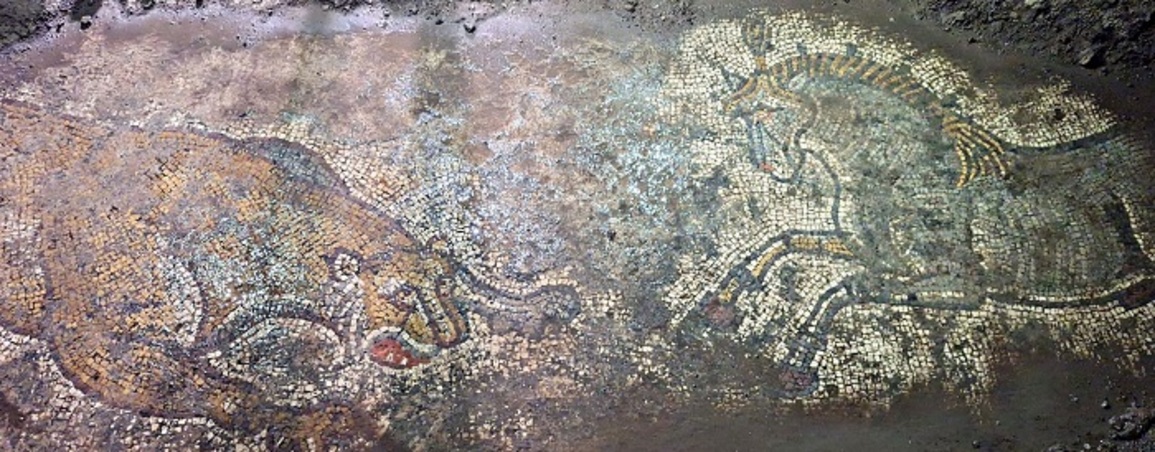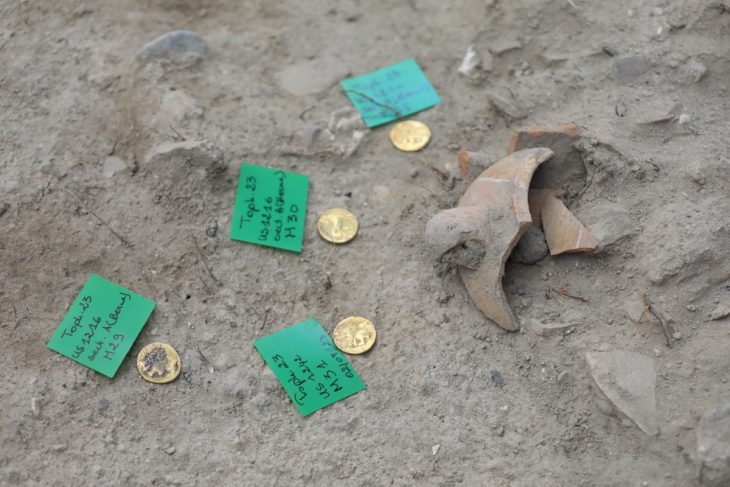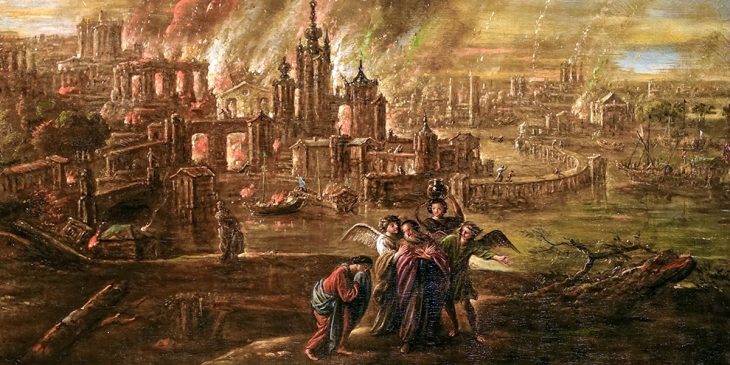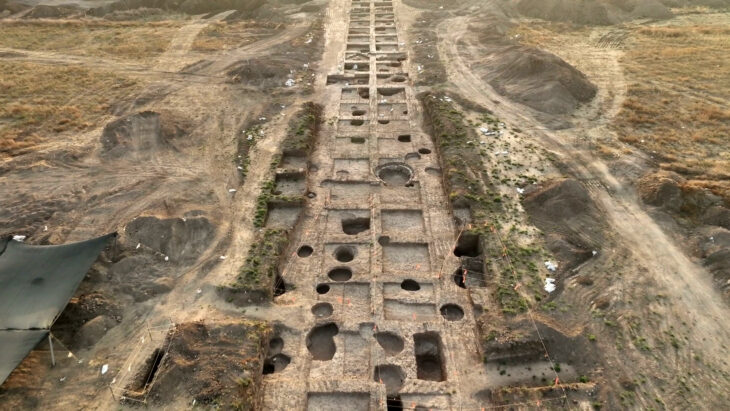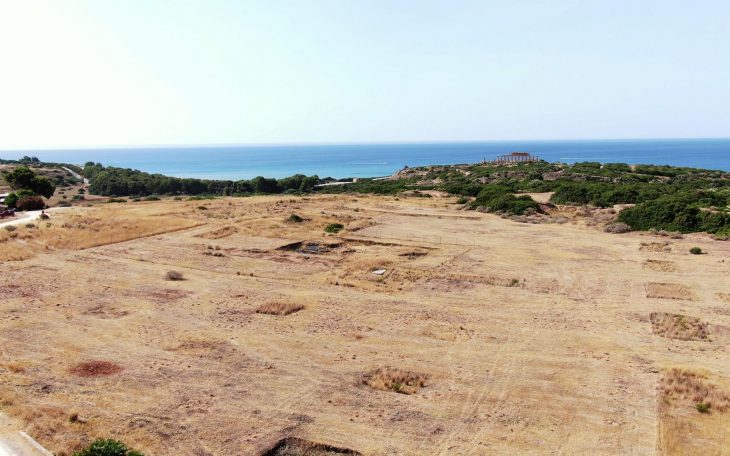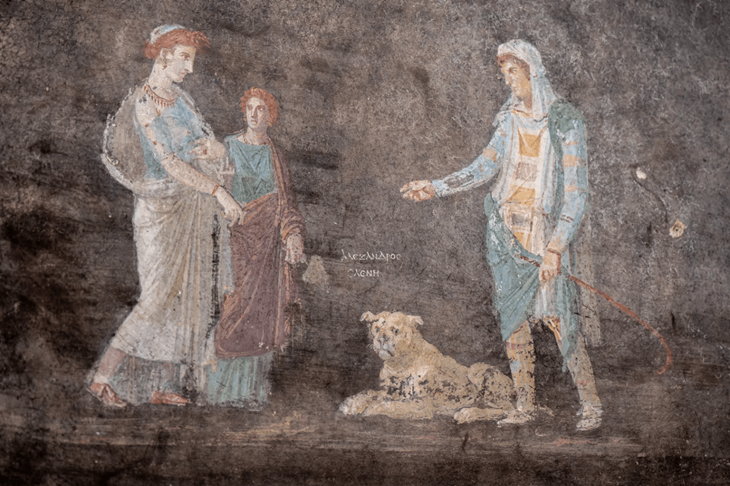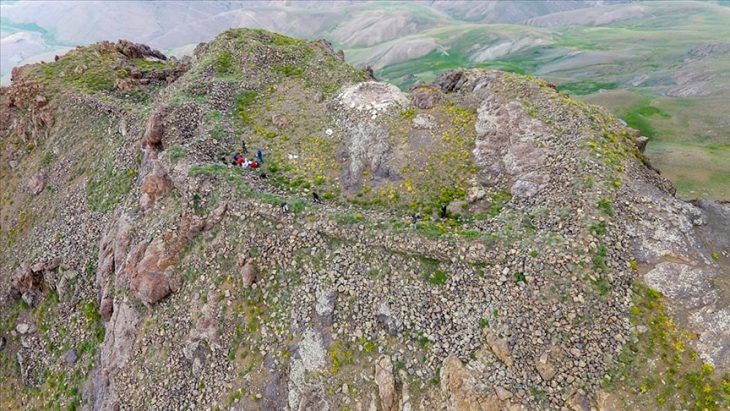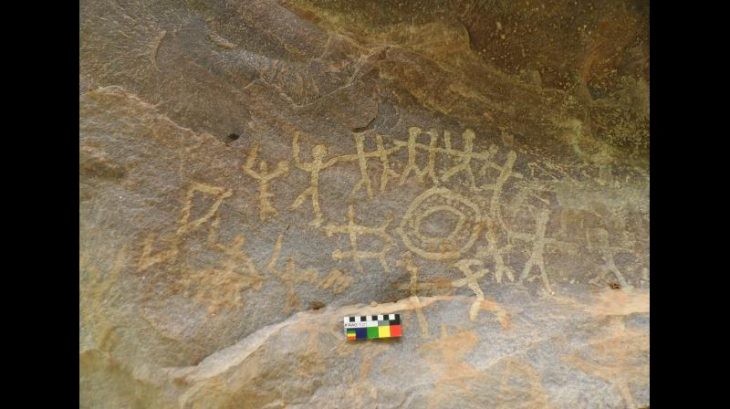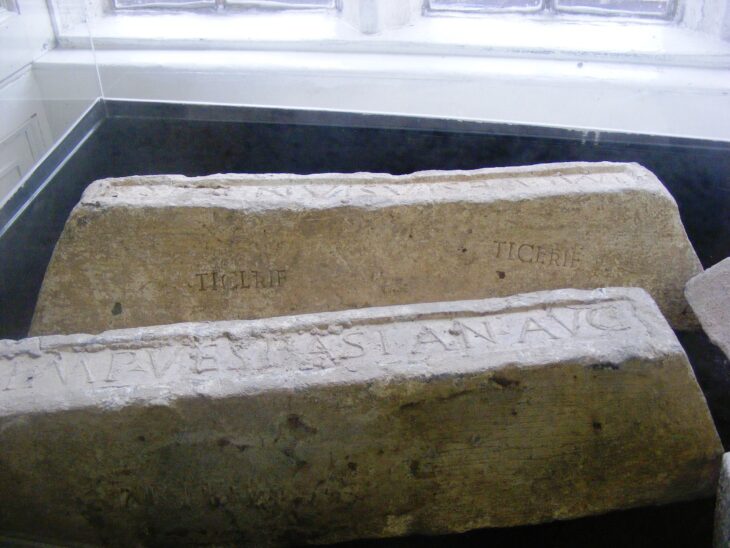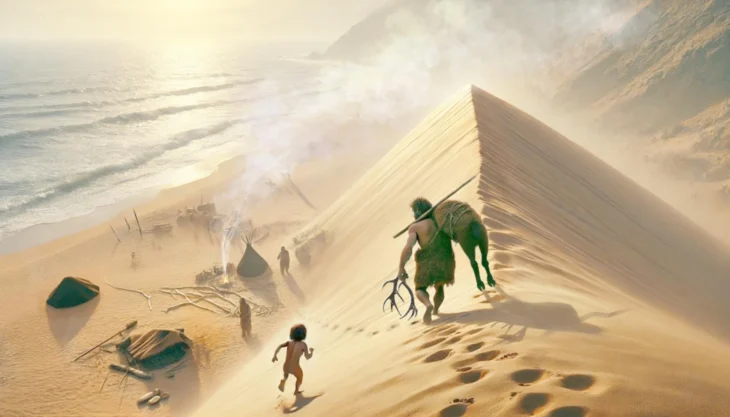A 1,500-year-old mosaic depicting vivid animal figures has been recovered during an anti-smuggling operation in southeastern Türkiye’s Mardin province. Buried two meters underground and sealed beneath a concrete block, the Late Roman-era floor mosaic spans roughly 60 square meters — a rare and remarkably preserved example of Roman artistry in ancient Mesopotamia.
A Secret Buried Beneath Concrete
The operation, code-named Anatolian Heritage, was carried out by the Anti-Smuggling and Organized Crime units of the Mardin Provincial Gendarmerie. Acting on intelligence, officers searched the garden of a suspect identified as F.K. in the district of Derik, where they uncovered an elaborately decorated mosaic deliberately hidden beneath a concrete slab. Authorities report that the artifact was intended for illegal sale on the antiquities market.
The mosaic was immediately secured and transferred to the Mardin Museum Directorate for conservation and further study. Preliminary analysis indicates that it dates to the Late Roman period (4th–6th centuries CE) and once adorned the floor of a high-status building — possibly a villa or bath complex.
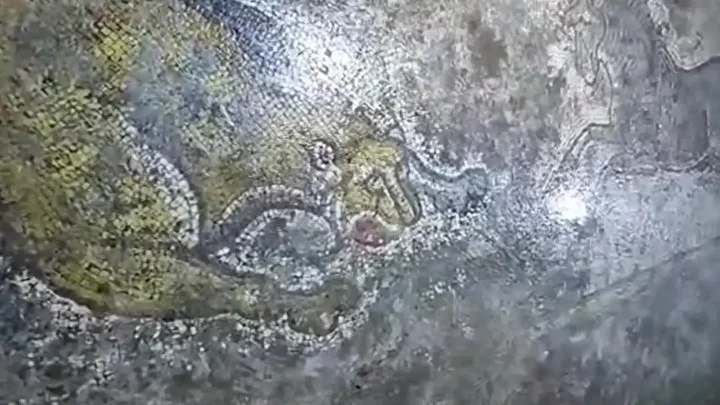
A Glimpse into Late Roman Aesthetics
Art historians describe the piece as a fine example of Late Roman provincial mosaic art, characterized by naturalistic depictions, dynamic movement, and bold contour lines. The scene portrays two animals — likely a feline predator and a horse or deer — locked in confrontation.
According to specialists, such imagery reflects the Roman fascination with power, vitality, and the cosmic struggle between life and death. The tesserae’s color palette — ochre, red, white, and black — is consistent with regional workshops active in southern Anatolia and northern Syria, such as those in Antioch and Zeugma. The mosaic’s craftsmanship, however, shows distinctly local traits, suggesting production by an Anatolian atelier influenced by Mediterranean stylistic currents.
📣 Our WhatsApp channel is now LIVE! Stay up-to-date with the latest news and updates, just click here to follow us on WhatsApp and never miss a thing!!
“The mosaic’s iconography and technique bridge the transition from Roman naturalism to early Byzantine symbolism,” said experts from the Mardin Museum. “Its preservation allows us to trace how art evolved in the cultural crossroads of Mesopotamia.”

Archaeological and Cultural Significance
The discovery adds a new chapter to the region’s artistic map. Mardin and its surrounding area flourished under Roman rule between the 4th and 6th centuries CE, serving as a key frontier zone that connected Anatolia with Syria and Mesopotamia. Mosaics from this era often carried layered meanings — both decorative and spiritual — reflecting Christian and pagan influences intertwined.
Once restored, the mosaic will be exhibited and scientifically documented. Specialists expect that iconographic analysis could reveal new insights into local workshops, trade networks, and the spread of Roman artistic traditions in Upper Mesopotamia.

A Broader Effort to Protect Heritage
Authorities have initiated legal action against the suspect. The operation is part of Türkiye’s broader campaign to combat cultural heritage smuggling, which has intensified in recent years. Officials from the Mardin Gendarmerie emphasized that Anatolian Heritage aims not only to deter illicit excavations but also to raise public awareness about the protection of archaeological sites.
The Ministry of Culture and Tourism will oversee the mosaic’s detailed examination and publish scientific findings in the coming months. Experts believe that this find will significantly contribute to understanding the Late Roman artistic landscape of the Mesopotamian frontier.
Cover Image Credit: Mardin Provincial Gendarmerie Command

